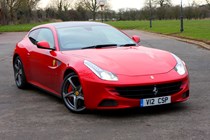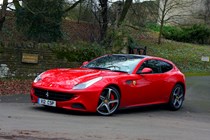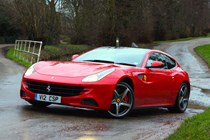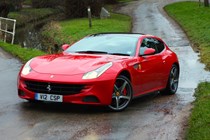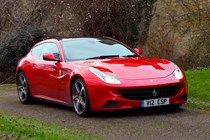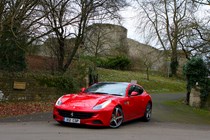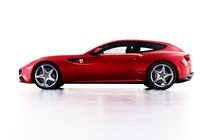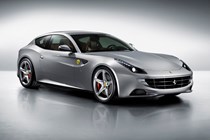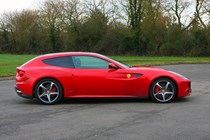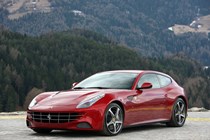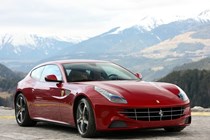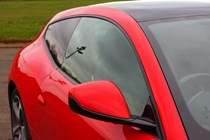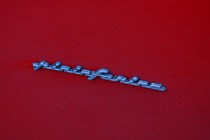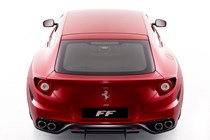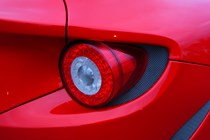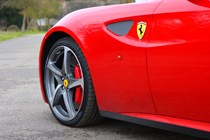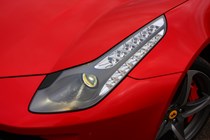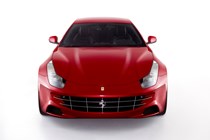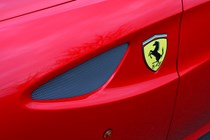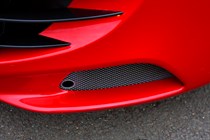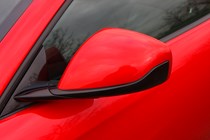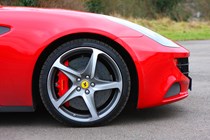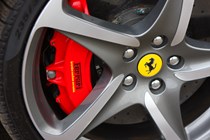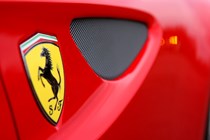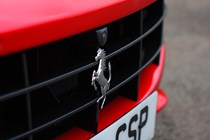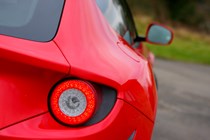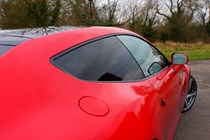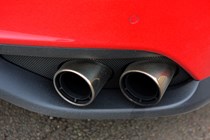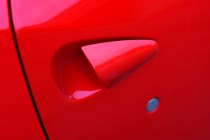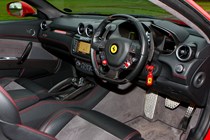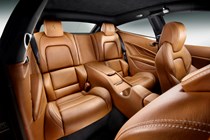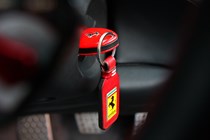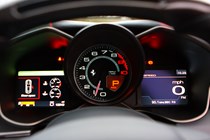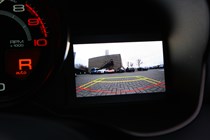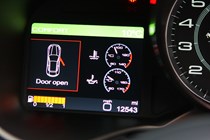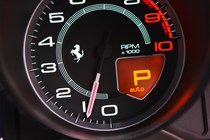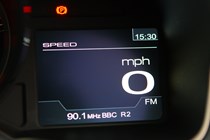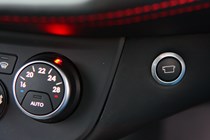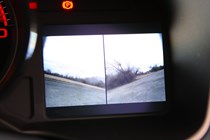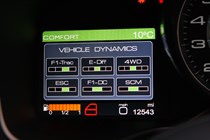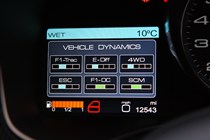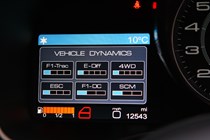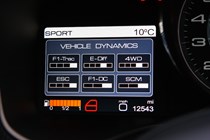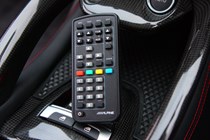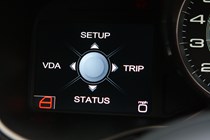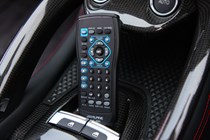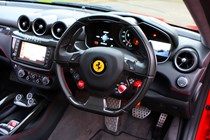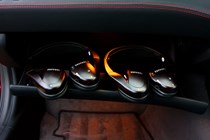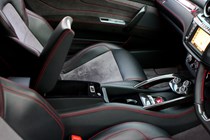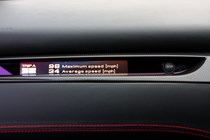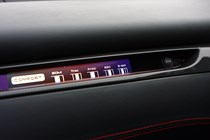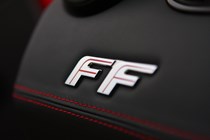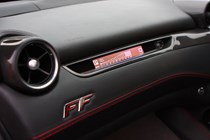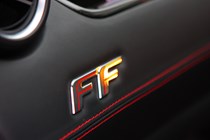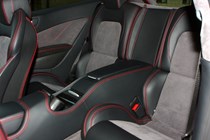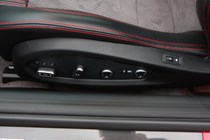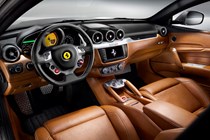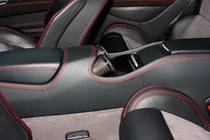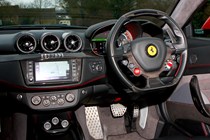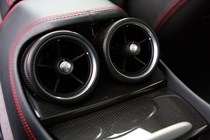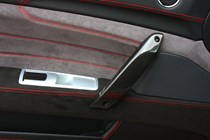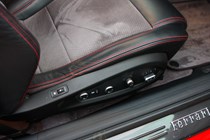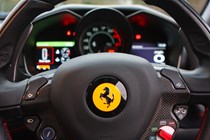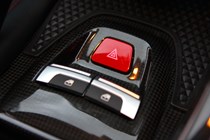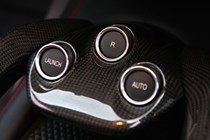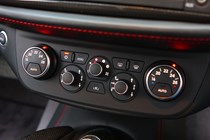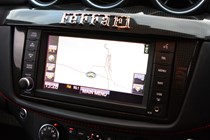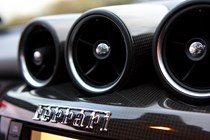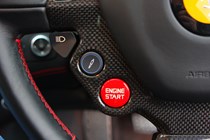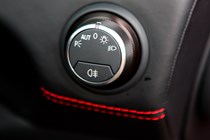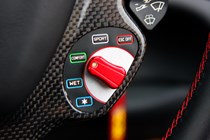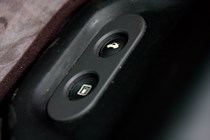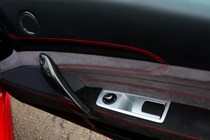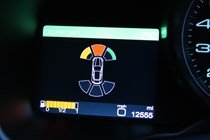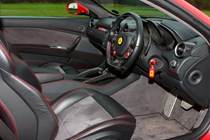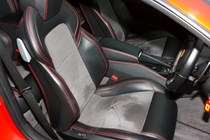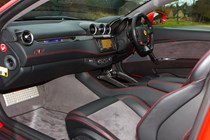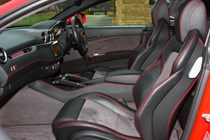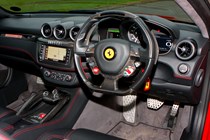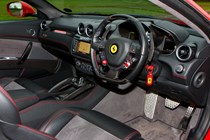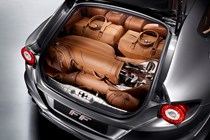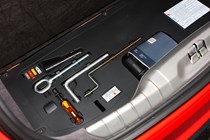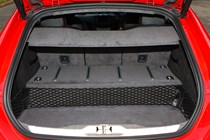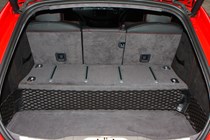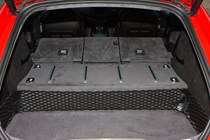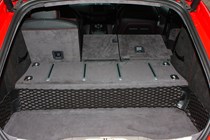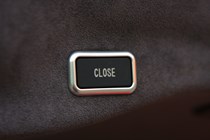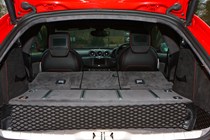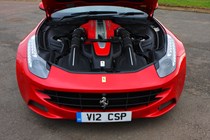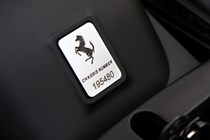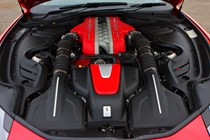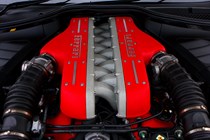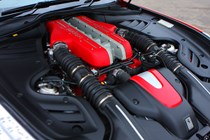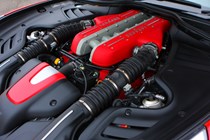
Ferrari FF Coupe (2011-2016) engines, drive and performance
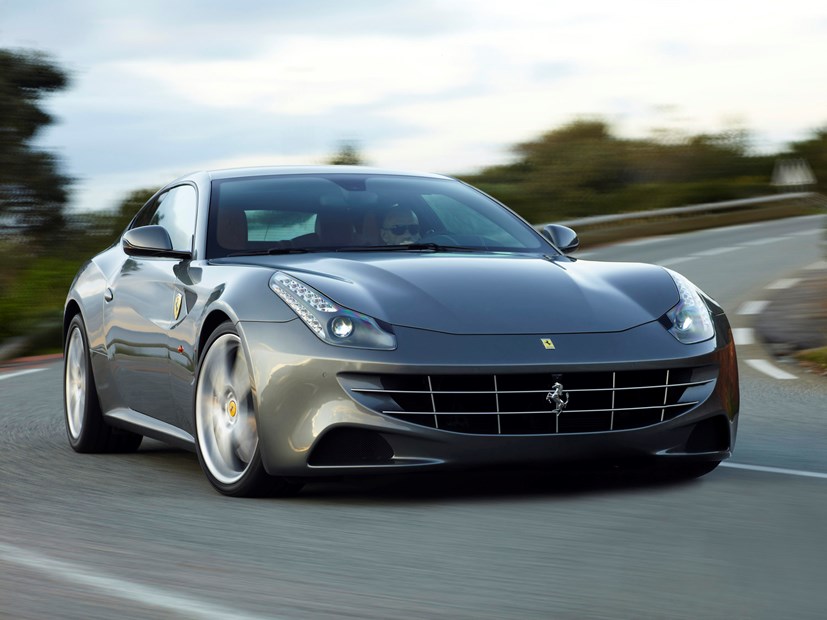
There’s absolutely no getting around the fact that Ferrari FF performance figures are hugely impressive considering its practical, four-seat nature. It’ll dispatch the 0-62mph sprint in a barely believable 3.7 seconds on its way to a maximum of 208mph.
It’s powered by a 6.3-litre V12 petrol engine – actually a detuned version of that installed in the firm’s famous Enzo supercar – and delivers a proper punch.
High performance and easy to drive
But it’s not the punch we’re most impressed with. It’s the Judy. That is to say the other side of this car’s capabilities are equally impressive. You can drive this car very smoothly at super-low speeds, and actually it’s brilliant at doing so.
The primary reason for this is its flexibility. It revs cleanly, with maximum torque of 683Nm and over 500Nm of that available from 1,000rpm right up to the stratospheric 8,000rpm redline, delivering beautifully linear acceleration building to a howling crescendo no other car firm on earth can quite replicate.
It doesn’t quite match some of Ferrari’s screaming V8 engines in terms of sheer orchestral theatre, but then Pavarotti wasn’t great as a Soprano either. You can’t have it all.
Great gearbox
And as imperious as the engine manages to be, the gearbox is a true highlight too. It’s a seven-speed hydraulic F1 semi-automatic, which means you can drive it quite simply by selecting first gear (using the carbon paddle on the right-hand side of the steering wheel) and leaving it to do the work.
It’s not fazed by sluggish pull-aways from junctions, always has the right gear available – though the engine helps here too – and is actually relatively smooth when driving gently.
The truly impressive bit is the car’s manual mode, though. This means the driver uses the paddles to tell the car when to change gear, and it’s probably the best system of this type we’ve ever tried. It swaps gears almost instantly and there’s no let-up in all that torque. Pull the gear lever during fast driving and there’s a satisfying mechanical thump as the next one is engaged.
Ready for lift-off
If you want to get away as quickly as possible, Ferrari has built in a ‘launch’ function which allows you to rev the engine while stationary with your left foot on the brake. Simply lift your foot off and the car will make its way up the road as fast as it can.
Interestingly, this works in all of the car’s ‘modes’, while means the car works out the optimum power to deliver to prevent wheelspin, even in the snow. We’ve tried this and can confirm it works very impressively indeed.
Find out more about the car’s other cold-weather capabilities and the switch to change modes – dubbed Manettino – in the handling section below.
The FF’s versatility extends to this section too. It’s the first production Ferrari ever to feature a four-wheel drive system, and it’s an incredibly clever one at that.
Clever four-wheel drive system
Staying true to the brand’s core values, the system is heavily biased towards the rear wheels. In fact, it’s entirely rear-wheel drive for most of the time, which is why it handles with such startling finesse, even on snow.
When the rear wheels begin to slip, the car immediately responds by operating a pair of electric clutches on the front axle which send just enough power to either wheel to maintain the driver’s desired trajectory. Impressive in its subtly, you never feel like the car is taking over from you. In fact, we’re struggling to think of another car of this size, practicality and price that offers quite so much driver enjoyment.
A further advantage of this particular way of metering power to the front is that it weighs significantly less (up to half as much, according to Ferrari) than a conventional four-wheel drive set-up.
Balanced for better grip
Interestingly, while the engine sits in front of the cabin, it’s mounted a long way back in the chassis so the car’s balance from front to rear is optimized. To give you an idea of the effect this has, the FF actually has 53 percent of its weight over the rear of the car rather than the front.
This means better traction for the rear tyres, and so the fronts engage less frequently, thus the driving experience feels more naturally engaging. It’s testament to the engineers that set this car up – it just doesn’t feel as synthesized as most four-wheel drive cars.
Sure enough, it’s a true Ferrari in the cornering stakes, with minimal body roll and a chassis that telegraphs exactly what’s happening on the road you’re on. While grip is phenomenal thanks to the four-wheel drive, it’s also hugely rewarding to drive in a spirited fashion since the front wheels aren’t powered a lot of the time.
Adjustable settings on steering wheel
To do so, you’ll need to adjust the Manettino switch on the steering wheel. This in turn alters parameters for traction control, rear electronic differential and suspension. The upshot is a car that has multiple characters, from outright speedster to docile cruiser.
You’ve got five positions for the Manettino – Ice-snow (for super-slippery conditions), Wet, Comfort, Sport and ESC OFF. We found Comfort mode was a great default for the car, but its slightly less involving, more cossetting drive left us wanting a little more excitement.
The true sweetspot for most buyers using normal roads is likely to be in Sport mode, since it allows the car to perform brilliantly in corners – it’s controllable and predictable, with a modicum of slip built into the traction control to inspire confidence without worrying the car is going to spit you off into a hedge.
While that’s great for the glass-smooth roads in some countries, the FF’s suspension is a little firm to cope in the UK in Sport mode. Happily there’s a ‘bumpy road’ button on the steering wheel too which softens things up a bit, making the car every bit the long-distance cruiser yet maintaining the brilliant engagement as and when you require it.
If you’re venturing out for a really hard drive and crave the ultimate in involvement, you’re welcome to switch the Manettino to ESC OFF and explore what this car can really do. We’ve not had the chance to experience this (it was mid-winter when we drove the FF) but have every faith in the car’s abilities in this stretch.
There’s a decent rule for if you want to have maximum fun in any conditions, though. Consider the type of surface you’re driving on, then use the Manettino setting above. For instance, maximum fun on snow can be had in Wet. On a bone dry road, it’s ESC OFF instead of Sport.
Whichever mode you pick, you can be assured the steering is an absolute joy. It’s a little on the light side for a sports car, but that’s not what this is. It’s a GT car, which means easy driving is a consideration too. That said, there’s a huge amount of communication through the wheel and it’s still well-weighted for sporty driving. The steering rack itself is fairly quick too, which means the car is eager to change direction.
Strong, powerful brakes
And when you need to rein it all in again, there’s a set of spectacularly good brakes installed. They’re made of carbon-ceramic materiel, which means they’re highly resistant to ‘fading’ during hard use – something conventional brakes have a tendency to do when pushed.
They also provide sensational stopping power, yet – in keeping with the car’s GT spirit – they’re not ‘grabby’ like earlier versions of this type of brake system, instead feeling progressive at any speed thanks to a pre-fill system which anticipates braking before you push the pedal and readies the brakes accordingly.
One final point to note about this car’s handling is the clever aerodynamics. You can clearly see there’s been a lot of work done in this respect. Just look at the ducts and spoilers on the bodywork. Unlike almost all cars these days, though, you can genuinely feel their effect on the road.
Show the FF a sweeping bend at speed and you’ll be astonished at the speeds you can carry through it. Well, actually it’ll be other road users with their chins on the floor – 99.9 percent simply won’t be able to keep up, and those that can aren’t likely to have more than two seats.



